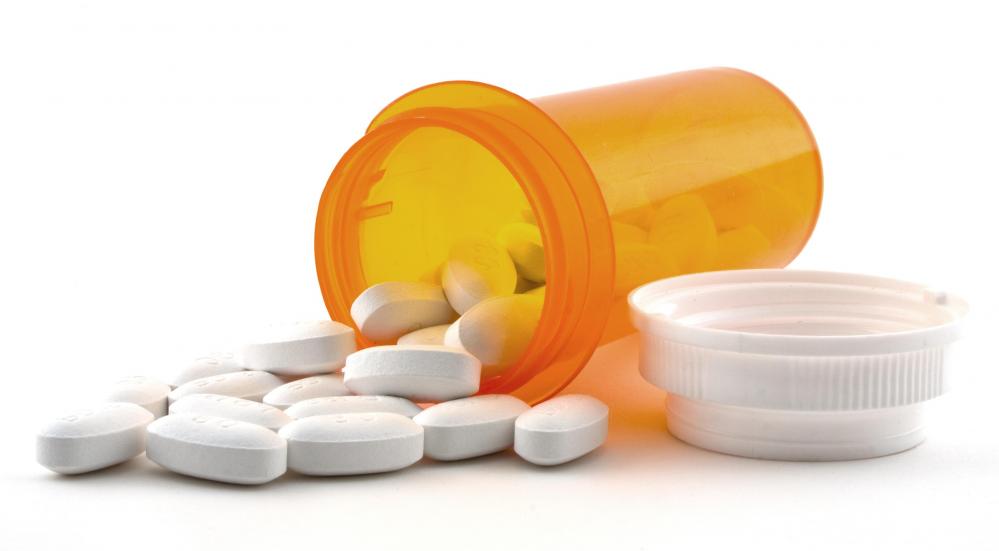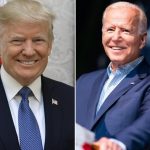Largely overlooked amid the post-election news, Canada has banned the importation into the U.S. of low-cost prescription drugs as our northern neighbors worry about shortages if America tries to “raid the Canadian medicine cabinet.”
The ruling by a top Canadian official to block exports of prescription drugs south of the border short-circuits an impending plan by President Trump to tap into the Canadian market.
The Covid-19 pandemic has shaken the Canucks’ faith in its health care system due to drug shortages and the lack of capacity to create its own vaccines.
“Our health care system is a symbol of our national identity and we are committed to defending it. The actions we are taking today will help protect Canadians’ access to the medication they rely on,” said Patty Hajdu, Minister of Health, last week. In Parliament, Hajdu represents the Ontario territory on Lake Superior, directly north of Houghton in the Upper Peninsula, including Thunder Bay.
Long before the Trump administration in recent months latched onto the concept of imported Canadian drugs as a means to reduce prescription costs in the U.S., congressional Democrats had pushed the idea of cross-border drug shipments as a way to lower overall prescription costs in the U.S. The effort began in the 2000 campaign. In Michigan, Democratic Sen. Debbie Stabenow proclaimed Canadian drug imports as one of her top issues.
No question: drugs that originate from Canada are often far cheaper than those same medications in the U.S., due to Canadian government restrictions on prices.
But the congressional Democrats had scarcely considered concerns by our northern neighbors about widespread importations of pharmaceuticals at a time when Canadians were experiencing a dramatic influx of drugs from dubious foreign manufacturers.
In fact, drug shortage worries in Canada go way back, as imports from Bangladesh were up 1,336 percent between 2002 and 2003; from China, 439 percent; South Africa, 389 percent; and Saudi Arabia, 90 percent. These are not countries known for the quality of their pharmaceutical industries. Overall, 68 percent of pharmaceuticals in Canada come from overseas.
In addition, the overall Canadian market is small, representing only 2% of global pharmaceutical sales compared to 44% for the U.S. As a result, proposed importation of Canadian drugs, which continues to face court challenges from U.S.-based pharmaceutical companies, has faced skepticism. The longtime claims by congressional members of a big impact on prices this side of the border have always remained dubious. The initial Trump plan in 2018 was called a gimmick by Health and Human Services Secretary Alex Azar, before he changed his tune.
The Canadian Pharmacists Association has warned that their nation already suffers from drug shortages, which have grown worse during the coronavirus pandemic. In 2019, days before then-Democratic presidential primary contender Bernie Sanders went north with diabetes patients seeking cheaper insulin, a coalition of 15 Canadian medical professional and patient groups pressed the government to protect the country’s pharmaceutical supply.
On Friday, Hajdu announced new measures to protect the country’s drug supply chain from bulk importations that could worsen drug shortages. It bars the distribution of certain drugs outside of Canada if that would cause or worsen a shortage.
Those restrictions could remain in place for years to come.





